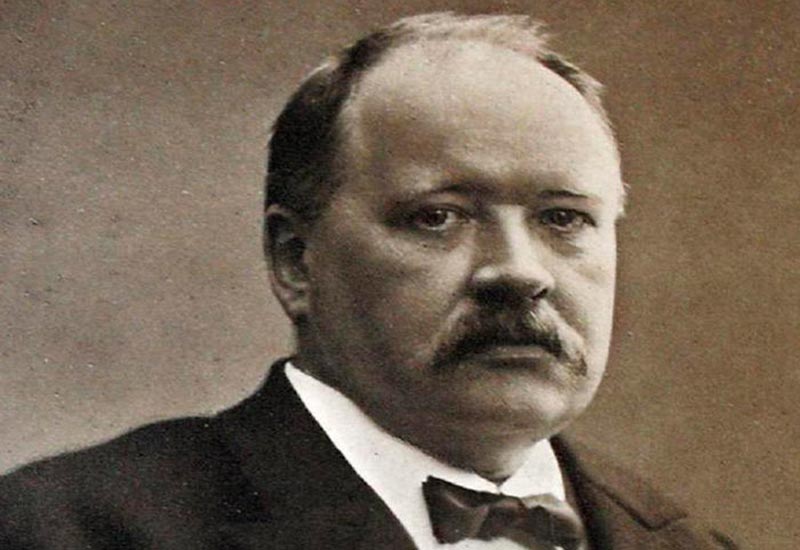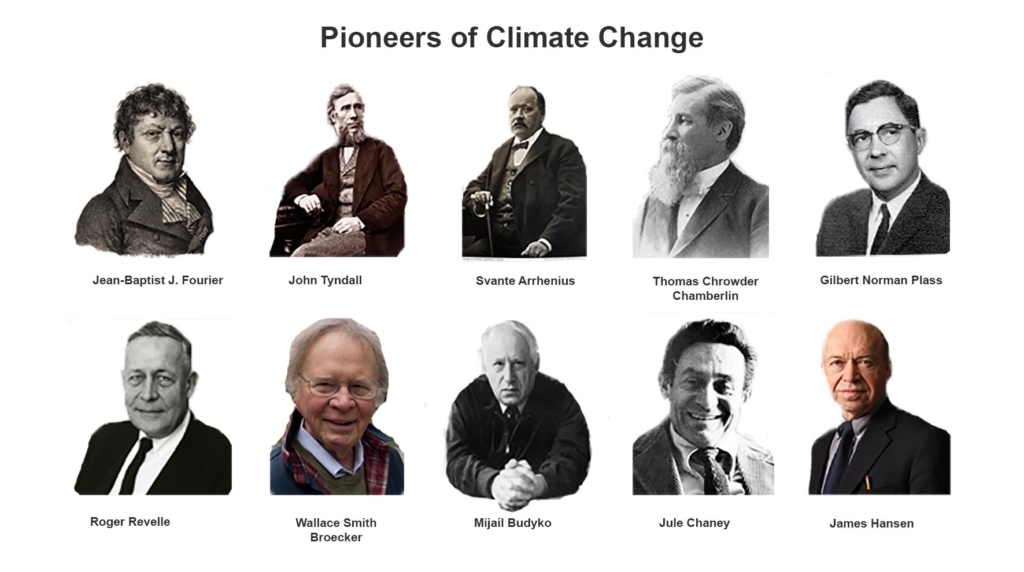FAQS about the Visionaries of Climate Change

Source: es.nextews.com
3. When was the effect of CO2 on global warming measured for the first time?
In the 1940s it was possible to verify by infrared spectroscopy that the increase of CO2 in the atmosphere causes a greater absorption of infrared radiation. Its effect increases the agitation of the molecules, causing the increase in temperature. The CO2, the water vapor and the small water droplets that form the clouds absorb infrared radiation with great intensity. “The atmosphere acts as a filter, since through its different layers it distributes solar energy so that only a small part of that energy reaches the Earth’s surface. The outer part of the atmosphere absorbs part of the radiation, reflecting the rest directly into outer space, while others pass to the Earth and then are irradiated. This produces the so-called thermal balance, the result of which is the radiant balance cycle.”
FAQS about the Visionaries of Climate Change
1. Who owes the analogy of the greenhouse effect?
2. Who and when did they discover global warming?
3. When was the effect of CO2 on global warming measured for the first time?
4. Was there progress on climate change during the 1950s?
5. From when did the terms global warming and climate change become popular?
6. Did new technologies help to demonstrate global warming?
7. When was the first climate conference held and from which country was the initiative?
8. What were the achievements of the Rio Summit in 1992?
9. Where and when was the first COP born?
10. In which COP and in what year was the Kyoto Protocol born?
Other secctions of Visionaries of Climate Change

Pioneers of Climate Change
At all times and in all sciences, there have always been visionaries, those people who anticipate situations long before other persons can glimpse them. This is the case of Jean-Baptiste Joseph Fourier (1768-1830), a French mathematician and physicist, who in 1824 calculated that an object the size of the Earth and with a similar distance from the sun, it should be much colder to what our planet is really like. He affirmed that it was maintained with a temperate climate because the atmosphere retains the heat as if it were under glass. Thus, Fourier has the honor of being the first to use the greenhouse analogy…

Climate change, what is it and what are its causes?
Anthropogenic climate change is the variation of climate status attributed to human activity that alters the composition of the atmosphere and has consequences on the entire planet. The main cause of climate change is global warming caused by emissions of greenhouse gases (GHG), of anthropogenic origin, among which CO2 is the most frequent. The sources responsible for these emissions are the burning of fossil fuels such as oil, coal and gas, used mainly in industry and transport.
You can also see it in…
Infographics

Photo Gallery.

Video Gallery



